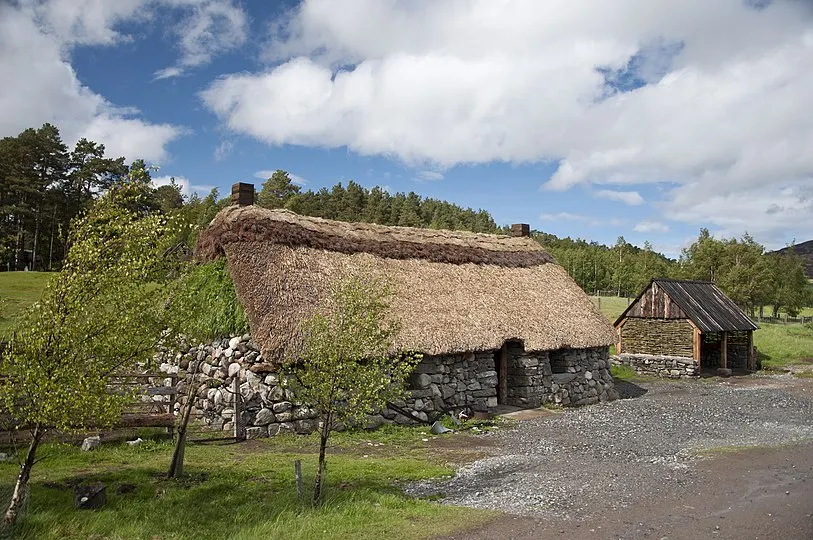The Haggis - A History And Its Place In Scottish Culture
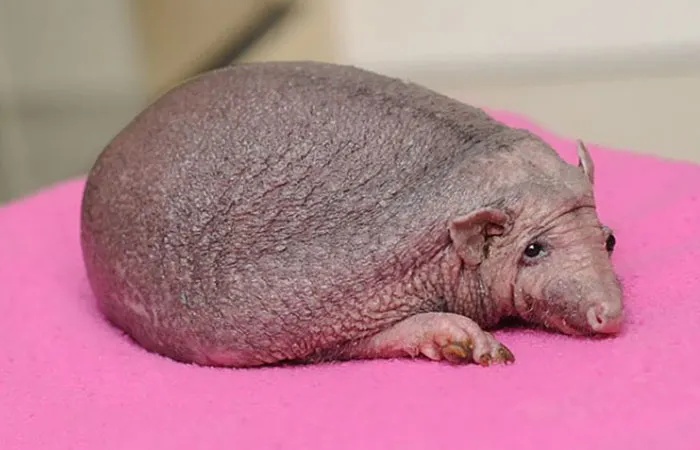
A Roman Discovery
Shortly after the Roman arrival into Alba or Caledonia in 55 BC Julius Caesar, Emperor, Military General, Anthropologist and early blogger, would be informed of the discovery of a new species of fauna, peculiar to this land of lakes and mountains. Newly added as the northernmost outpost of the burgeoning Roman Empire.

Contemporary news tablet pic of J.C
Described by the temporary Governor, Caractacus Naivetus
as ‘Haggis Haginasus’.
Julius was intrigued.

Caractacus Naivetus made Governor of Alba 55 BC - 49 BC (largely due to clerical error)
To this day no direct translation can be applied.
The 18th Century ‘Regis Professor’ of linguistics, Language and Dialect and well known Latin scholar of Oxford University, Sir Malcolm Henry Snodbury, (Ma, PhD, DD, HGV PSV HIV DVLA and bar)

Prof. M. Henry Snodbury (M.A PhD etc)
offers an interesting take and freely translated it as
‘Horrible looking thing’!
So begins a central pivot of Scottish culture and enduring tradition reaching back over 20 centuries
Modern enthusiasts can only concur. The beast is only found in the Western Highlands. The landscape here is of sharply rising mountains forming along the western edge of the European Continental Plate. The Earth's crust forced upwards here due to ‘mountain folding’ with the relentless and unstoppable western progression of that plate at the rate of 2 cm per year towards the North American Continent.
Yes America, we are coming for you, slowly but surely!

Physiology end Environmental Evolution
Often when travelling the roads alongside these icons of Highland beauty, feint tracks may be identified. Centuries of use along the upper elevations of these geological wonders. Parallel to the ground. These are the infamous ‘Haggis Tracks’
The more observant among the many travellers and visitors to this beautiful part of Europe will note the remarkable absence of Sheep.

The Five Sisters of Kintail - a popular haggis hunting Ground
In Scotland pretty well everywhere you go you will find sheep. A legacy of the cruel and often violent 18th Century ‘Clearances’.
The British Government of the day persuaded Highland Chieftains and landowners that the Highlanders themselves, their tenants, were likely to be more trouble than their worth. A greater income than mere rent would be gained from the rearing of sheep instead.
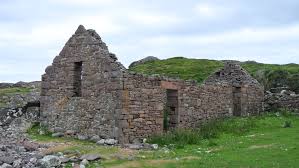
So successfully was this policy, that when it came for the leaders of Europe from the 1760s to 1815, to turn yet again to the Highlander for mercenary support in their latest war, came there instead of willing troops a reply:
’As ye prefer sheep tae men, get sheep tae day ye fighting!’
Why no sheep just here? Well, pretty stupid sheep might be, yet even they know on such steep-sided terrain locomotion can only be up or down. Sideways and the whole beast would simply roll over and down the hill probably to their death.
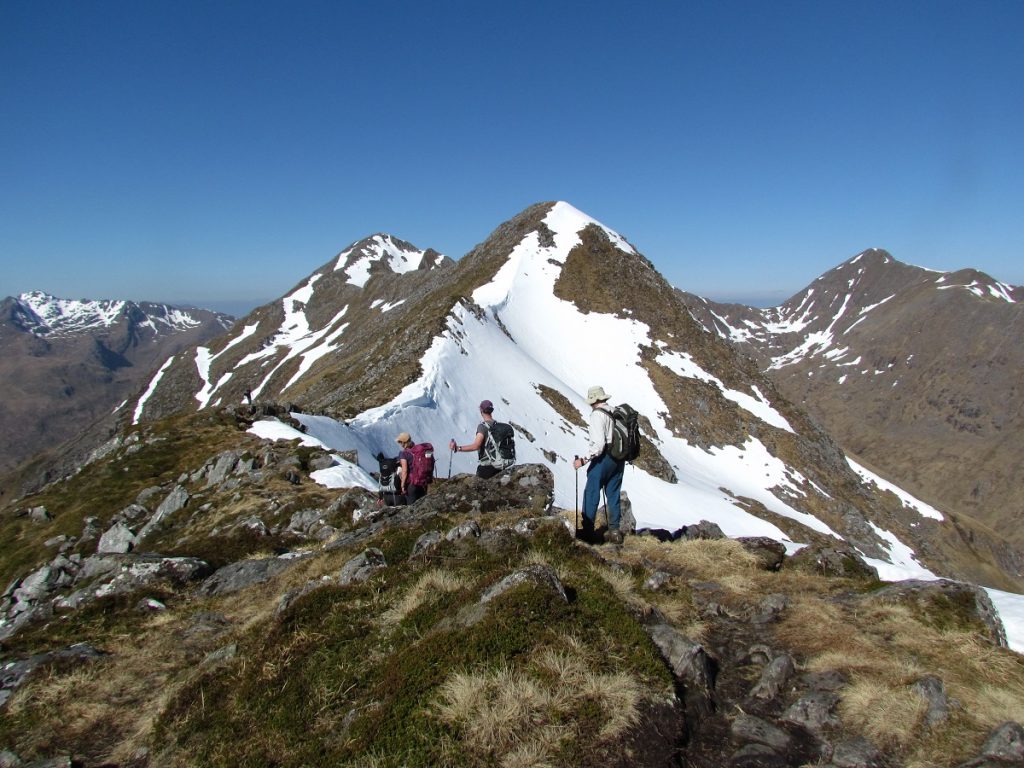
Enter Mother nature! Over the aeons of evolution, she has evolved, a creature spectacularly adapted to West Highland Life and existence.
The Haggis.
So expertly described by Caractacus all those years earlier
Haggis Hagginasus - The Horrible Looking Thing
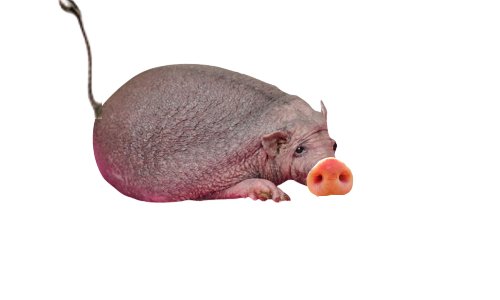
Two hands High and up to three feet long. Ahead: a small egg-shaped head equipped with two forward-facing reddish piggy eyes. Its mouth is lethally fitted with four razor-sharp incisors. Capable of separating a man's foot from his ankle.
Atop it has two small circular ears. both capable of a radar-like full rotation.
Astern: Its body, save its protruding limbs is beautifully barrel-like and a short thin, vertical tail finished with a feathered flag completes the ensemble. the latter is often misconstrued as a remote- control ariel.
The Haggis has evolved to its environment so that its two left side legs are shorter than its two right legs. Thus it is enabling to traverse the sides of the mountain without falling over.
True enough it is forced to encircle the hill in an anti-clockwise direction only. Returning eventually to its own starting point. To do otherwise, would find itself in danger of toppling sideways with the longer legs uppermost and the short legs toward the drop. And Geronimo over he’d go!
The hunting techniques over the centuries made use of this peculiar physiology as I will explain shortly.
20th Century Demise and Revival
Over the years The Haggis become the main supplementary diet of the Highlander, so much so that the 18th century Bard, Robert Burns himself, was forced to write a homily eulogising the qualities and benefits of the beast with his famous ‘AddressTo The Haggis’

Much like the famous Film, 'Jaws' in the 20th Century. This reached and influenced such an audience as to apply an existential threat to the very subject of the film, so too did Burns' poem almost inadvertently existentially threaten the haggis.
With the advent and popularity of the shotgun in the mid to late 19th century, any Tom, Dick or Harry could come to the highlands and bag himself a haggis. So rapidly did the species decline in number that a hunting season had to be enforced in 1897.
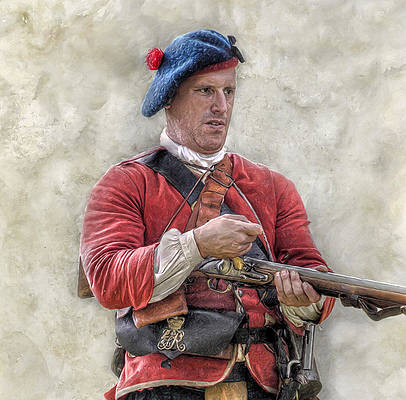
Ending abruptly from April 1st every year and not recommencing again until October1st to allow 'Mating, breeding and three whole months of rearing to be carried out successfully'.
Even so, numbers decreased alarmingly into the 20th century.
Two World Wars allowed the Haggis to recover sufficiently whilst the hunters were off in pursuit of a more deadly game.
The 1950s saw a revival in the sport once more until declining numbers especially amongst the 'West Highland Pitbull' Haggis, forced parliament to pass the '1954 Haggis Farkling Act'.
The act forbade the hunting of haggis with firearms replacing such with the traditional 18th century. Farkling or Farkaling method instead,
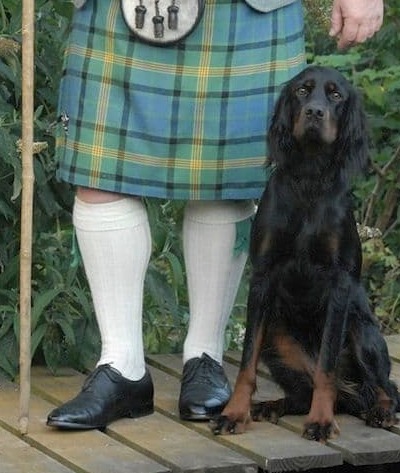
Farkler and haggis Hound - note farkle without feather - true sportsman!
Farkling. is carried out by a two-man team of Farkler and catcher.
The licensed farkler is equipped with a Farkle or farkling stick, a length of hazel cut to the same length as the height of the farkler. This in turn is fitted with a 'Y' shaped prong at the top and may also be furnished with a long feather - usually pheasant - at the bottom.
His role is to position himself directly below the 'Catcher' and at a carefully calculated distance.
paradoxically the 'Catcher' doesn't actually catch the haggis. His title derives from the old English word 'GOTCHA'
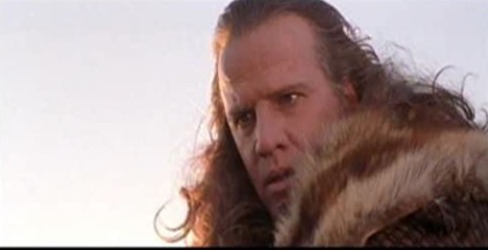
A catcher - well how he perceives himself anyway
He will lie in wait on a haggis track hidden in deep heather. As the haggis emerges on his daily circumnavigation of the brae or hill, the Catcher will leap out and high enough to avoid those razor-sharp incisors simultaneously shouting the immortal word -GOTCHA.
The Haggis takes fright and turns back the way whence it came. Now the haggis has the short legs down and the long legs up with the result of a total capsize. and off he goes downhill sideways.
Some might think this cruel. However nature has built an escape mechanism for the creature here, and it now withdraws into its body all four legs, hydraulically and simultaneously. With a perfectly cylindrical barrel-shaped body off it goes downhill at tremendous speed.
*Authors note: As one of a very few Englishmen to complete the licensed farkling course at Glasgow University in 1983 (Distinction) I can confirm that a barreling Haggis can achieve speeds of up to 45 MPH. To be in the path of such an event can only be likened to witnessing one of the Dambusters bouncing bombs coming straight for you.
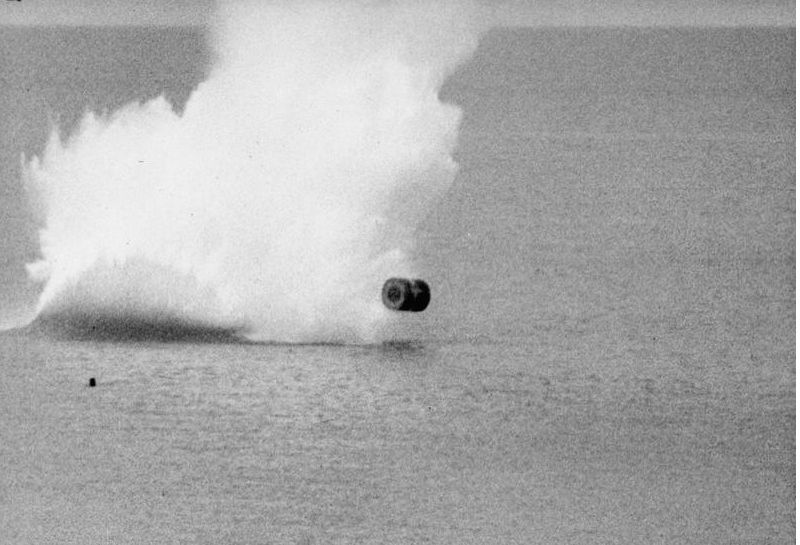
Rare shot of barreling Haggis on Loch Awe
At this point, the Farkler, who has scientifically placed himself in the right position must garner his courage, summon the blood, disguise fair nature and imitate the action of a tiger.. ahem.. get ready. Farkling stick poised in hand, prong down, feather up wait his moment till barreling haggis passes by 'Head-to-farkler' he will with lightning reflexes pin the haggis behind the ears, and pinning its neck to the ground allow inertia to do the rest.
The head stays where it is, the gravity propelled carcass will continue on its downward journey - death is instant. Now with the athleticism of an Olympic hurdler, the farkler will take off in hot pursuit. With Sporran akimbo and Farkle held high for balance, the chase is on.
On stopping the beast he will grab the broken neck-skin in both fists, thrusting the whole remaining corpse between his knees, the neck-skin is pushed quickly and firmly down over the body thus peeling it in one fell swoop. The haggis now suitably prepared is ready to be boiled up for a few days ready for presentation at any self-respecting burns night.
.jpeg)
The Haggis once peeled is ready to
But what about the feather? you may well ask.
Sadly this is used in feather-farkling and I must state at this point, not an activity I can recommend. many old-school farklers like myself feel it to be unsportsmanlike and only for the lazy farkler. But as you insist I would solemnly pray that you never try this yourself or encourage others to do so either.
The feather-farkler is very much a solo operator. Most at least have the decency to operate in full highland dress.
The home of the haggis during the day is its 'Nestie'. A burrow bored perpendicular to the tangent of the hillside is usually no more than about 4 feet in.
Every sunrise, the haggis being largely nocturnal, it will return to its nestie for its daily hibernation spell.
Once installed it remains there motionless until late afternoon until the urge to forage wakes it from its slumber.
The farkler having identified such a nestie will approach it in broad daylight. With the feather down. And prong-up he will insert the farkle into the aperture twisting it between finger and thumb in a circular fashion and inching forward at the same time. Contact between feather and haggis nether region will be made and the Haggis enjoying the 'tickle' sensation will start to reverse out of its nestie and between the legs of the farkler. As it fully emerges its head lifted in rapture at this sensual experience the first sight it gets is fully up-kilt of the farkler himself. Horrified it will go into a dead faint allowing the farkler to despatch the beast there and then.
As I say this is a practice that I fully disapprove of however I have been known to smile on the description of the fully satisfied expression of a freshly feather-farkled haggis face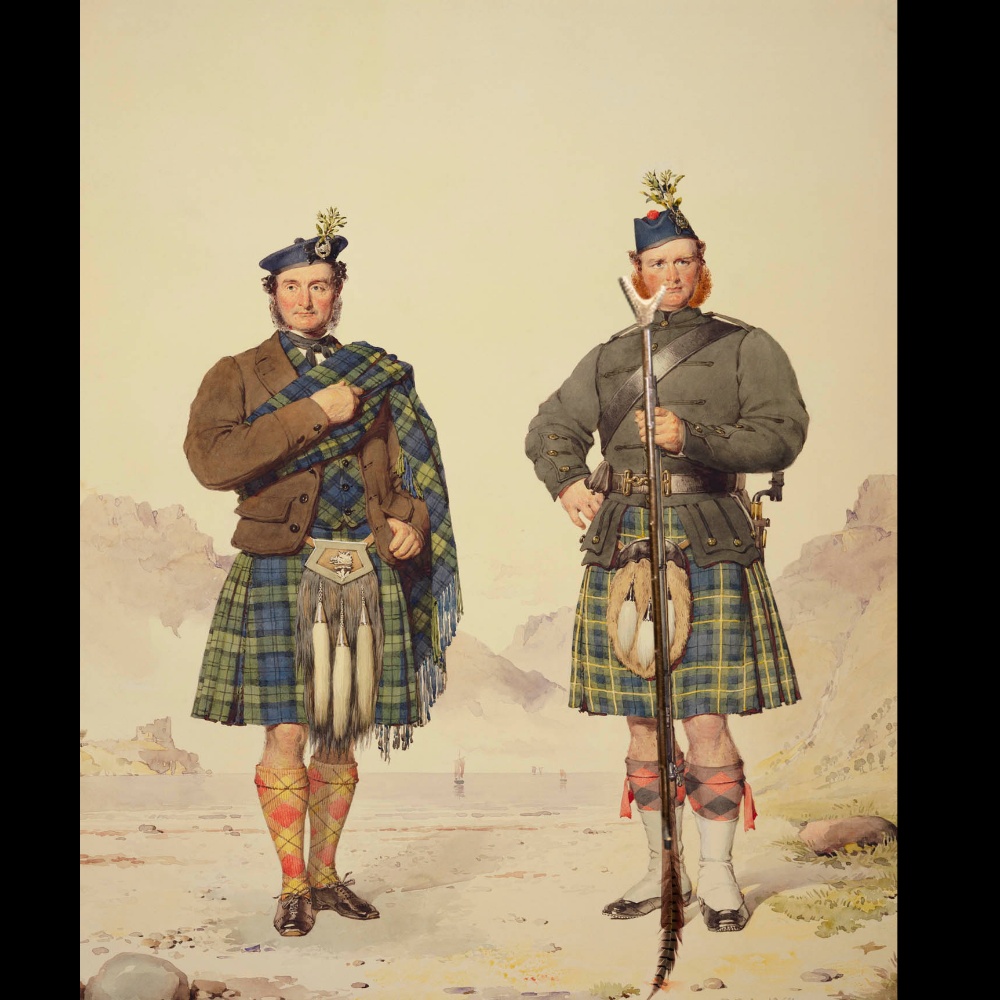
A fine pair of Farklers - the farkler and The catcher
Having explained in full now, the practice of farkling I hope that you, kind reader, will make it your business to attend an organised Scottish Evening or Burns Supper where you will now be able to fully appreciate the words of Burns written in 1786...
Fair fa’ your honest, sonsie face,
Great Chieftain o’ the Puddin-race!
Aboon them a’ ye tak your place,
Painch, tripe, or thairm:
Weel are ye wordy of a grace
As lang ‘s my arm.
The groaning trencher there ye fill,
Your hurdies like a distant hill,
Your pin wad help to mend a mill
In time o’ need,
While thro’ your pores the dews distil
Like amber bead.
His knife see Rustic-labour dight,
An’ cut ye up wi’ ready slight,
Trenching your gushing entrails bright,
Like onie ditch;
And then, O what a glorious sight,
Warm-reekin, rich!

